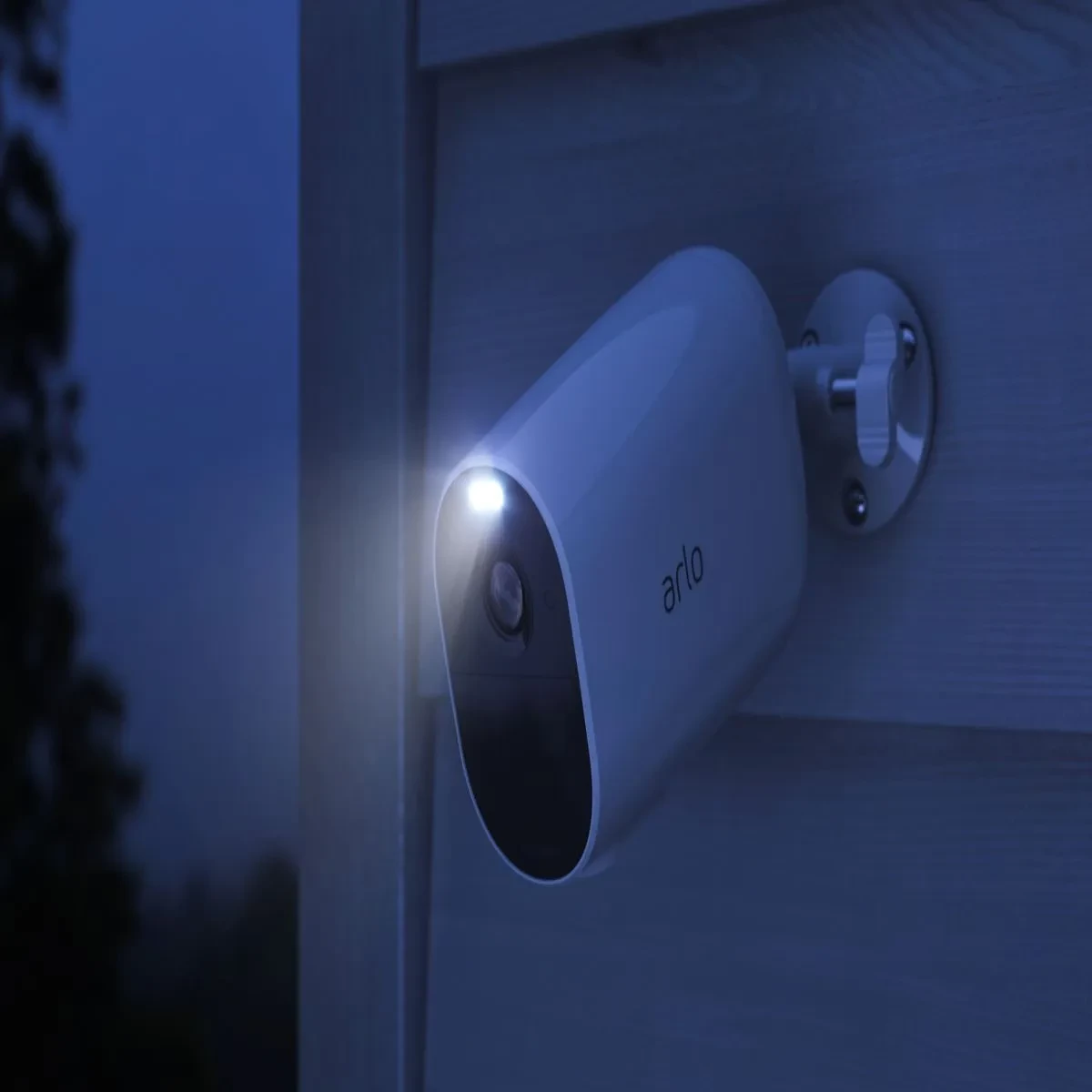
THE Zimbabwe Republic Police (ZRP) has a department called national traffic, whose sole responsibility is ensuring drivers save lives and protect property.
They are supposed to enforce rules by ensuring that drivers abide by traffic laws and pedestrians use the road safely.
Yet reckless behaviour behind the wheel is happening everywhere.
Taking care of ever-increasing and complex traffic situations is a challenge for many of Zimbabwe’s major cities, especially Harare.
Zimbabwe’s vehicle population continues to put pressure on our roads.
Harare may now be some of the world’s most dangerous cities — in terms of reckless driving.
The ZRP is not working as they should, when it comes to traffic enforcement.
Drivers are driving through red traffic lights, among many violations.
- Public relations: How artificial intelligence is changing the face of PR
- Queen Lozikeyi singer preaches peace
- Public relations: How artificial intelligence is changing the face of PR
- Business opinion: Branding through Artificial Intelligence
Keep Reading
But we should say thank you to smart and intelligent video solutions that are being used the world over.
Today’s advancement in technology provides artificial intelligence (AI) powered smart video cameras that can enforce speed limits, safer driving at inter sections, alleviate traffic congestion and record bad drivers and traffic offenders.
Statistics state that most parliamentarians do not possess driver's licences.
They are prepared to allow carnage on our roads to continue because they are also traffic violators.
Zimbabwe Broadcasting Corporation licencing and the Zimbabwe National Roads Administration (Zinara) is doing what they are mandated to do.
Zinara has put together a brilliant vehicle recognition system that identifies if a vehicle is registered, insured and is legally on the road.
No one vehicle passes through Zimbabwe's toll gates if everything is not in order.
What is the problem with the ZRP?
Why is the ZRP allowing drivers to break the law, with many of them not being punished?
Traffic enforcement officers must be backed with smart video cameras.
Smart video cameras can be set up to record speed, reduce accidents and to save lives.
Using radar technology, smart video cameras can calculate the average speed between two points along the road.
The data is sent to traffic police, who can respond immediately.
The vehicle’s licence plate is registered, and several weeks later, the driver will receive a fine by mail or by SMS.
Intersections are often scenes of collision owing to driver negligence and recklessness, which is why they must be equipped with smart video solutions.
Modern technology makes it possible to monitor driving behaviour in real time.
There has to be a technological connection between law enforcement agencies, emergency response service providers and paramedics.
The sooner emergency responders arrive at an accident scene, the lower the risk of fatalities. Smart videos have an automatic incident detection delivery system, which enables rapid response to emergencies.
By analysing live video streams, information about accidents and traffic violations can be obtained in real time and flagged via an instant alert to the city’s traffic control centre so that help can be dispatched.
There are now 1,5 million vehicles that traverse the streets of Harare daily, according to information from the Central Vehicle Registry.
Harare’s road network was built for 200 000 vehicles, which is why the city is now prone to constant traffic congestion.
With smart video analytics provided, these can help identify roads and locations where congestion is most likely to occur.
Vehicles are counted and classified in real time, and the data is compiled into heat maps and dashboards so that cities can take practical steps toward traffic relief.
As long as there are bad drivers, car accidents, traffic congestion and risky driving behaviours, there is room to improve road conditions.
Smart video cameras, combined with intelligent analytics, can allow our law enforcement agencies and citizens to make rapid advancements toward a safer and better driving experience for motorists.
- Mutisi is the CEO of Hansole Investments (Pvt) Ltd. He is the current chairperson of Zimbabwe Information & Communication Technology, a division of Zimbabwe Institution of Engineers.







